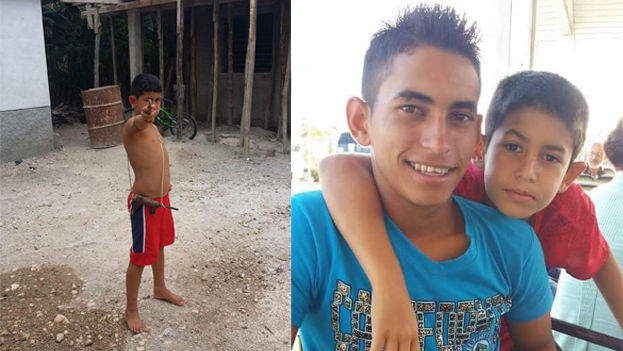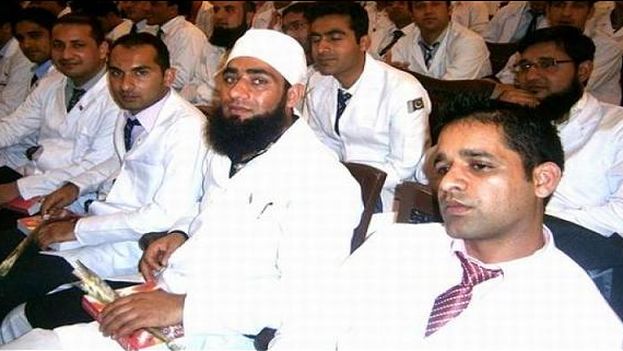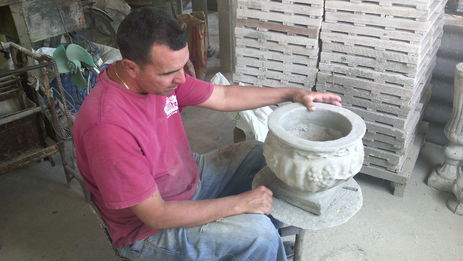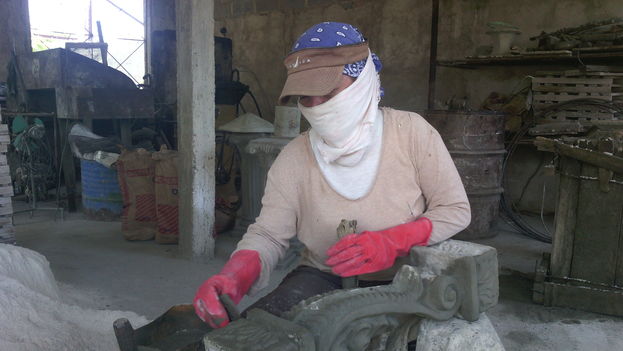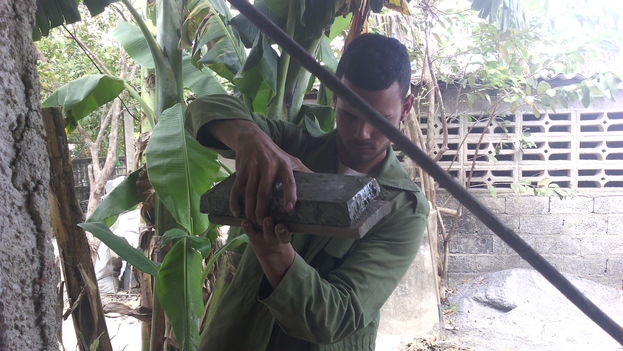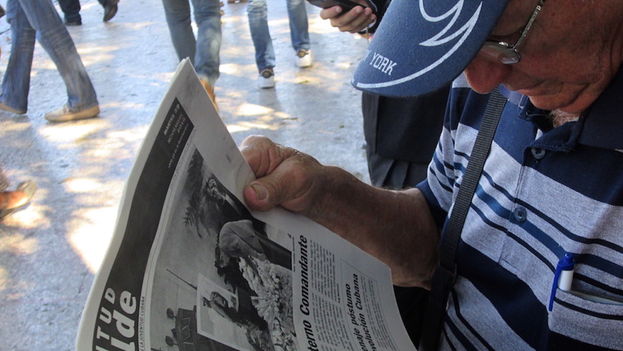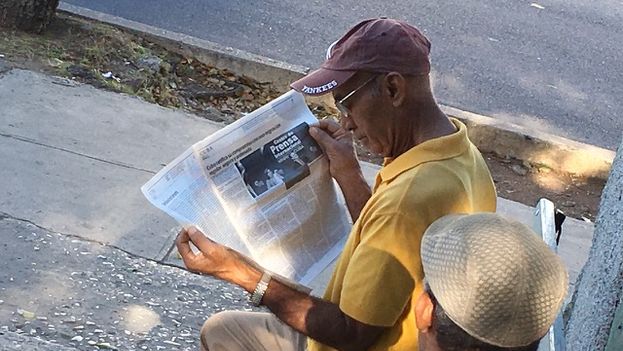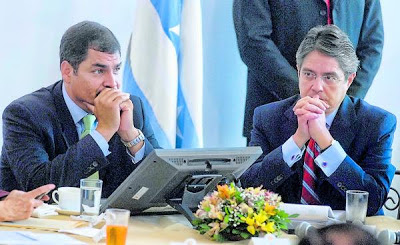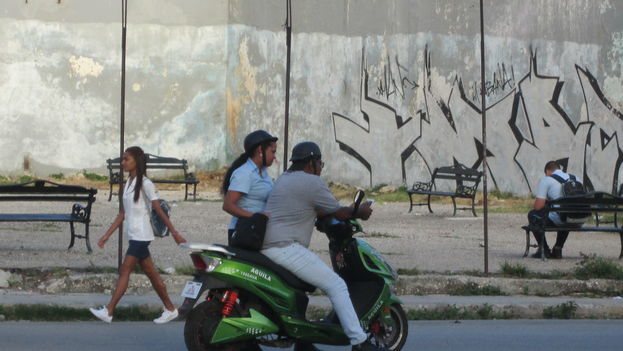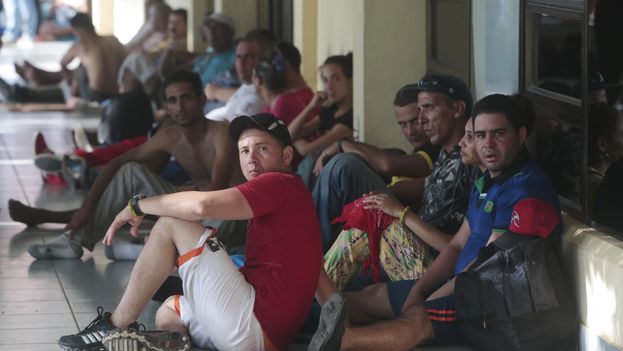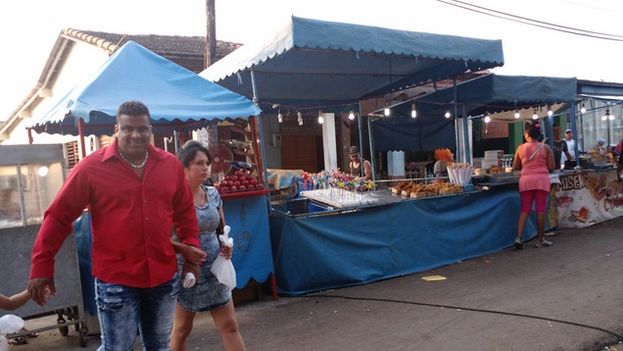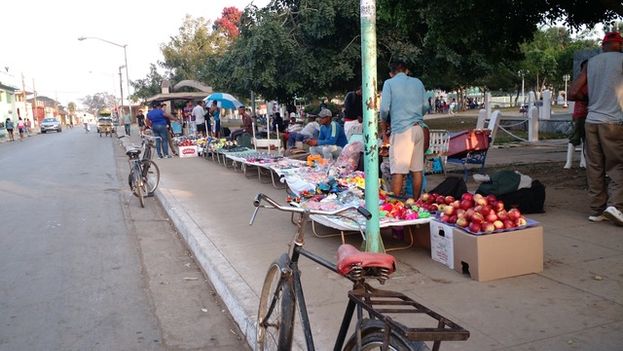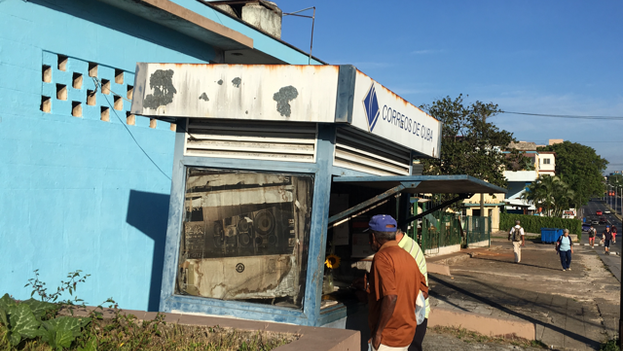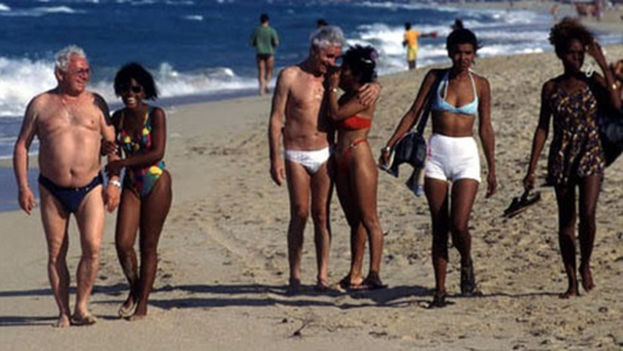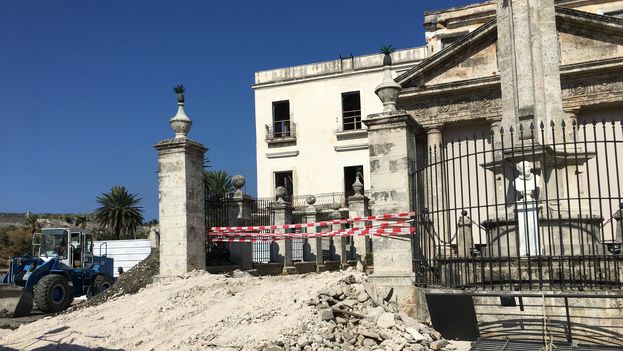It is the best testimony I have on hand to illustrate the art of “sweetening the pill” that for years has characterized the official press and that causes so much damage to our profession. I hope you enjoy it and that it will help you better understand why I decided to assume the risks of being an independent journalist.
Before leaving for the factory, the journalist was warned by the editor-in-chief of the Government’s interest in having the magazine Cuba International write about the quality of the batteries that were produced on its assembly line.
When Antonio and Juan Carlos, the young photographer, announced their presence at the factory, the guard on the door made two calls. The first one to the Director and the second one to a colleague to warn him: “Hey, tell Cuco that the journalists are here, hurry up…” continue reading
A short time later an employee appeared and asked them to accompany him to the director’s office. Cuco also arrived, and in a trembling voice addressed Antonio:
“Journalist, I am the union’s representative: I want you to talk to us before you leave.”
“Of course,” said the reporter.
The administrator exchanged a hard look with the union leader and emphasized to the newcomers the gesture of “follow me.”
The office they entered had a model that reproduced the whole installation. In front of it the director waited for them, and introduced an engineer with a pointer in his hand, who explained the industrial process.
Juan Carlos took a couple of photos of the small scale model and others of the showcase with the types of batteries that the factory was able to produce. The engineer announced that they would visit two sections: the laboratory and the assembly line.
“We also want to go through the area of chemical components and the warehouses,” Antonio said.
“We do not have authorization for that,” said the engineer.
When they arrived at the laboratory they saw a range of sophisticated instruments that could diagnose of the quality of the products and the conditions of the raw material.
At the request of Juan Carlos, two smiling girls stood in front of the devices as if they were handling them. Minutes later they went to the assembly line to organize “a cover photo.”
Juan Carlos chose an angle in which the nozzle of the plastic packing and the conveyor belt with the finished batteries could be captured. In the background, a forklift, frozen for the snapshot, filled a container.
“What do you think?” he asked the reporter.
Everything was perfect, clean and in order. The image offered an obvious sense of efficiency and modernity, but Antonio realized that there were only two batteries on the conveyor belt.
“Can we put some more there?” he asked the engineer.
“The number of finished pieces is an index of our productive rhythm,” said the specialist.
“And what would be the optimum?” inquired the reporter.
“Someday we’ll have between four and six examples on this same stretch,” he replied in response.
“Can we put five?”
“Yes,” said the engineer, “up to five.”
After the photo shoot, Antonio inquired about Cuco.
“He works in the area of chemical components and we cannot go through there, but I’m going go look for him.”
The union leader arrived more calm than he had been earlier.
“Ten minutes to lunch,” he said. “Would you accept an invitation to join me in the dining room?” he asked, so we talked.
The first surprise was to see that the workers did not eat where the engineer had indicated with the pointer on the model, a place he described as “a large, bright and ventilated room with comfortable tables and chairs,” but rather in a closed area, originally intended to store the finished products.
Cuco began without beating around the bush.
“I don’t know if you know that this factory was started 11 years ago. One night a caravan arrived with a large crane and unloaded the machinery. They left it outside, because there wasn’t a single place with a roof.
“It sat out there for three years and the boxes were taken away by the neighbors. They started with the clocks, the light bulbs, the electrical cables, and nuts and screws. They didn’t leave a single ball bearing, because everything ended up in strollers, water pumps or old cars.
“One day the order came to finish everything in six months. Two hours before the opening, volunteers from the Communist Party Municipal Committee hid all the debris and planted a garden as fast as they could. Among them were several of the predators who had made off with the machines when it appeared they had been abandoned.
“The artist who painted the portrait of the martyr, whom the factory is named for, spent 14 hours without getting down from the scaffolding. That’s why the portrait looks cross-eyed and with a mustache tilting to the left. The hero’s mother was about to cause a scandal because of what her son looked like.
“In the haste, they didn’t build the workers’ bathrooms, they didn’t finish the dining room and they didn’t put the fans in the areas where chemicals are used. Nor did they complete the tank for processing toxic waste and now they dump it in a lagoon where before there were fish but now there aren’t even mosquitoes.”
Antonio listened to the story in silence.
“All that data you copied into your notebook is real, but I bet you anything that they never told you what was produced, just what the factory is capable of producing. You will only have heard of the possibilities, not of the results achieved.”
Antonio opened his notebook. Indeed, before each figure appeared formulas of the kind: “When the installation is in full operation it can reach …”, “We are designed to produce …”, “The line has a maximum capacity of …” but not a single word of what was being produced.
“And what is the reality?” I ask.
“What is being completed in a month is what the factory should produce in a week. We should make at least six models and we are only making two.”
“And the ones in the showcase?” the reporter asked.
“Those came as a sample along with the machinery.”
Cuco continued.
“You want to help us? Then publish the truth. Your article could play a very important role in improving our working conditions,” said the trade unionist.
“Our magazine has been commissioned to produce a report to attract buyers from abroad,” justified the reporter. “I can only speak about the bright side.”
Cuco looked at his watch. He had no desire to ask Antonio if he knew a journalist who was paid to tell the truth, but intuited his lack of guilt in the matter and only managed to say goodbye with a phrase:
“Do not look for trouble for us, journalist, and I hope you can sleep easy.”
Antonio would have preferred to be insulted. He would have liked to say that he preferred to breathe poison in the area of chemical elements rather than sweeten the reality that the union leader had tried to denounce.
But it was false. They paid him for “sweetening the pill” and they not only paid well, they demanded only three or four articles a month. He received food and cash allowances for transportation. His position also served to develop relationships in many places and to gain prestige among those who considered the magazine Cuba International an enviable place for a journalist to work.
I did not work in that publication to tell the truth, but to contribute to making it up.
![]() 14ymedio (with information from Diana Ramos), Quito, 17 March 2017 – Guillermo Lasso, a candidate for president of Ecuador, is against the Cuban medical missions in his country and promised to end them, should he triumph in the upcoming run-off election.
14ymedio (with information from Diana Ramos), Quito, 17 March 2017 – Guillermo Lasso, a candidate for president of Ecuador, is against the Cuban medical missions in his country and promised to end them, should he triumph in the upcoming run-off election.


